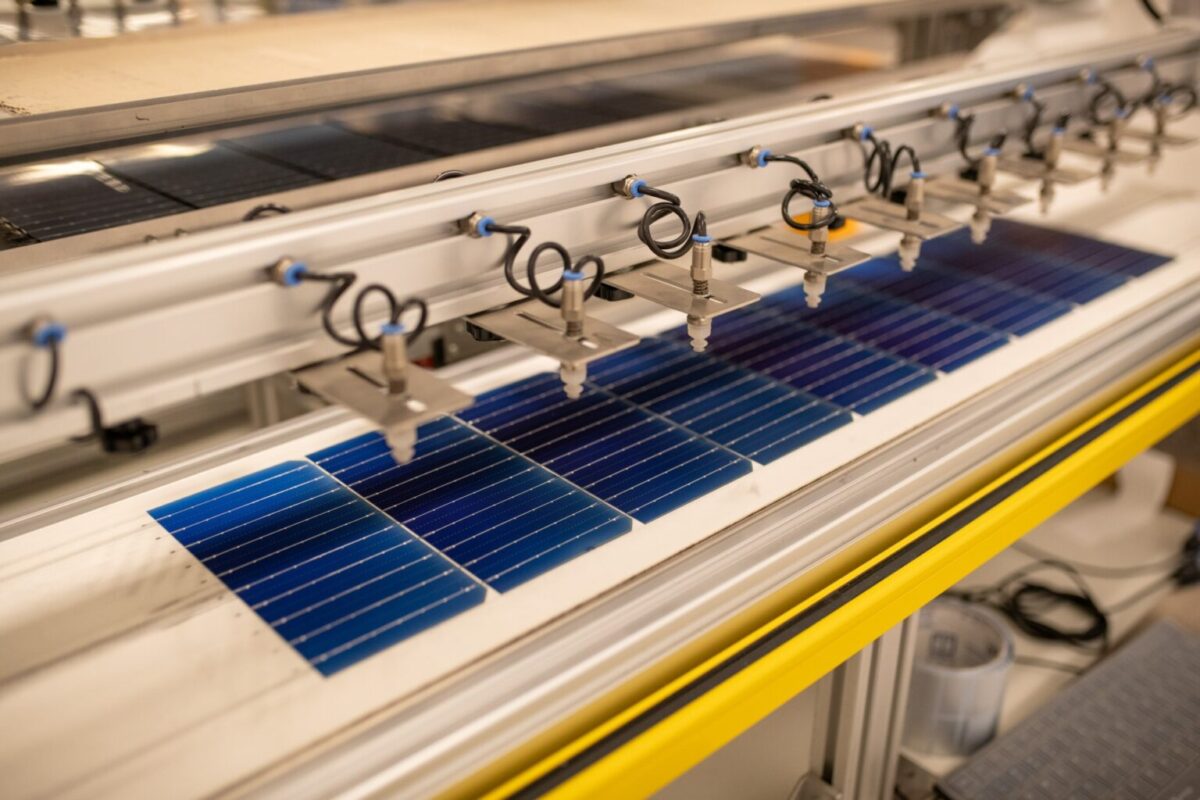With China’s overwhelming scale and technological knowhow, establishing viable manufacturing at gigawatt-scale will be a mammoth task. A new study has tackled the difficult issue, finding that the domestic production of PV panels, from polysilicon through to finished modules, is desirable and achievable – however, only with multi-decade support and unwavering support from publicly funded organisations.
The “Silicon to Solar” study goes by the tag the Roadmap. It is an initiative of the Australian Photovoltaic Institute (APVI) funded by the Australian Renewable Energy Agency (ARENA) and results come from collaboration with Deloitte and key industry stakeholders including The Australian Centre for Advanced Photovoltaics (ACAP), AGL, Aspiradac, Energus, Siemens, SunDrive, Tindo Solar and 5B.
Based on detailed technoeconomic analysis for each stage in the solar supply chain, including polysilicon, ingot and wafers, cells and modules, the Roadmap recommends barriers be removed for accelerated PV deployment and financial allocation and delivery for the industry’s supply and demand sides be implemented.
Also in the next 12 months the report recommends a roll out of enabling support for people, permits and partners be prioritised, broad political support be sought, and a budget for selected framework of subsidies be secured.
ARENA CEO Darren Miller said the Roadmap provides a clear vision for Australia’s role as a nation that can manufacture cutting edge solar technology across the supply chain, leveraging some of Australia’s competitive advantages in the sector.
“Australia has already demonstrated its capacity to manufacture advanced technology in other sectors. Solar PV represents an enormous opportunity to apply our skills to a sector that will play a critical role in Australia’s clean energy economy.
“A number of Australian companies have already stated their ambitions to develop local manufacturing of solar PV at scale, and ‘Silicon to Solar’ illuminates the policy and investment pathway to make these bold plans a reality,” Miller said.
Further recommendations for Australian PV manufacturing include examining ways to facilitate a workforce, approvals, permissions, and international partnerships, and developing supply-side policy support levers, including concessional finance and production credits.
Global supply
The Roadmap said over 90% of module supply in Australia comes from China, and the pandemic and Russian invasion of Ukraine revealed the fragility of global supply chains, highlighting the risks of relying on foreign sources for energy supply and related critical components like solar modules.
Muriel Watt, co-author Silicon to Solar Study said the it compares manufacturing costs in China and Australia for current state-of-the-art technology and explores ways of overcoming cost gaps in each manufacturing stage. It then presents a Roadmap for developing a PV manufacturing value chain in Australia over time, along with policy levers which can be used to facilitate this.
Potential future supply chain disruptions can have a significant impact on both the cost and availability of solar PV modules jeopardising Australia’s decarbonisation targets and ambitions of becoming a renewable energy superpower, the Roadmap found.
This content is protected by copyright and may not be reused. If you want to cooperate with us and would like to reuse some of our content, please contact: editors@pv-magazine.com.




5 comments
By submitting this form you agree to pv magazine using your data for the purposes of publishing your comment.
Your personal data will only be disclosed or otherwise transmitted to third parties for the purposes of spam filtering or if this is necessary for technical maintenance of the website. Any other transfer to third parties will not take place unless this is justified on the basis of applicable data protection regulations or if pv magazine is legally obliged to do so.
You may revoke this consent at any time with effect for the future, in which case your personal data will be deleted immediately. Otherwise, your data will be deleted if pv magazine has processed your request or the purpose of data storage is fulfilled.
Further information on data privacy can be found in our Data Protection Policy.